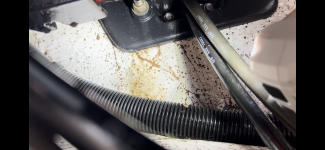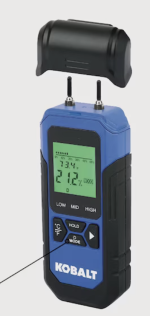Monterey276
Seaman Apprentice
- Joined
- Aug 11, 2023
- Messages
- 36
Hi everyone, looking for some advice on what to do with my boat. I just found out this week that the leak coming from the starboard side transom assembly is indeed due to transom rot. I have had this boat for about 6 seasons and have put a lot of time and money into miscellaneous repairs and upgrades. It runs and looks fantastic. So far, the ballpark quote I got for removing everything and then cutting out the old transom and replacing was 20k which seems absolutely insane to me. Has anyone else done this job on a similar boat? What was the cost? Is it worth even doing or should I just sell as is for a project boat for someone. Again it is a 99 Monterey 276 with twin 4.3’s
Thanks in advance
Thanks in advance





















